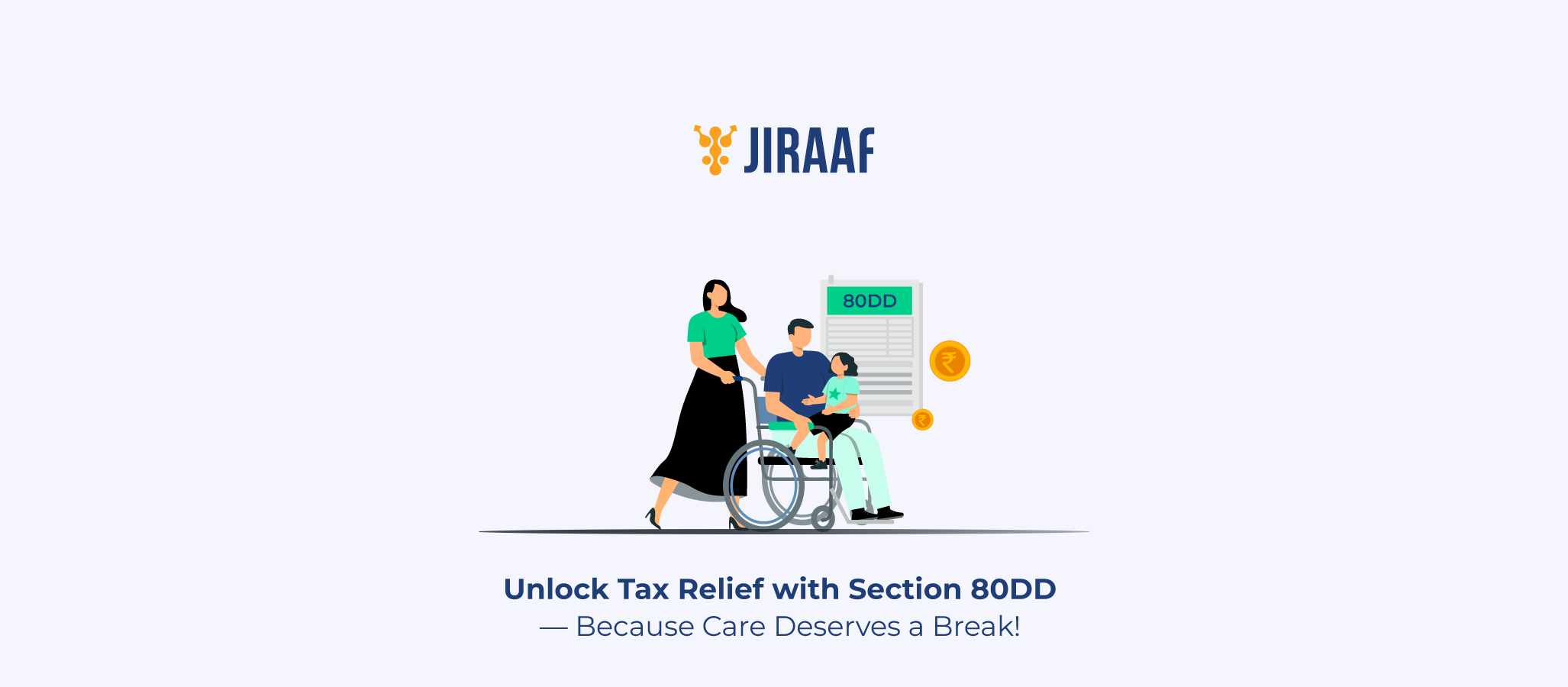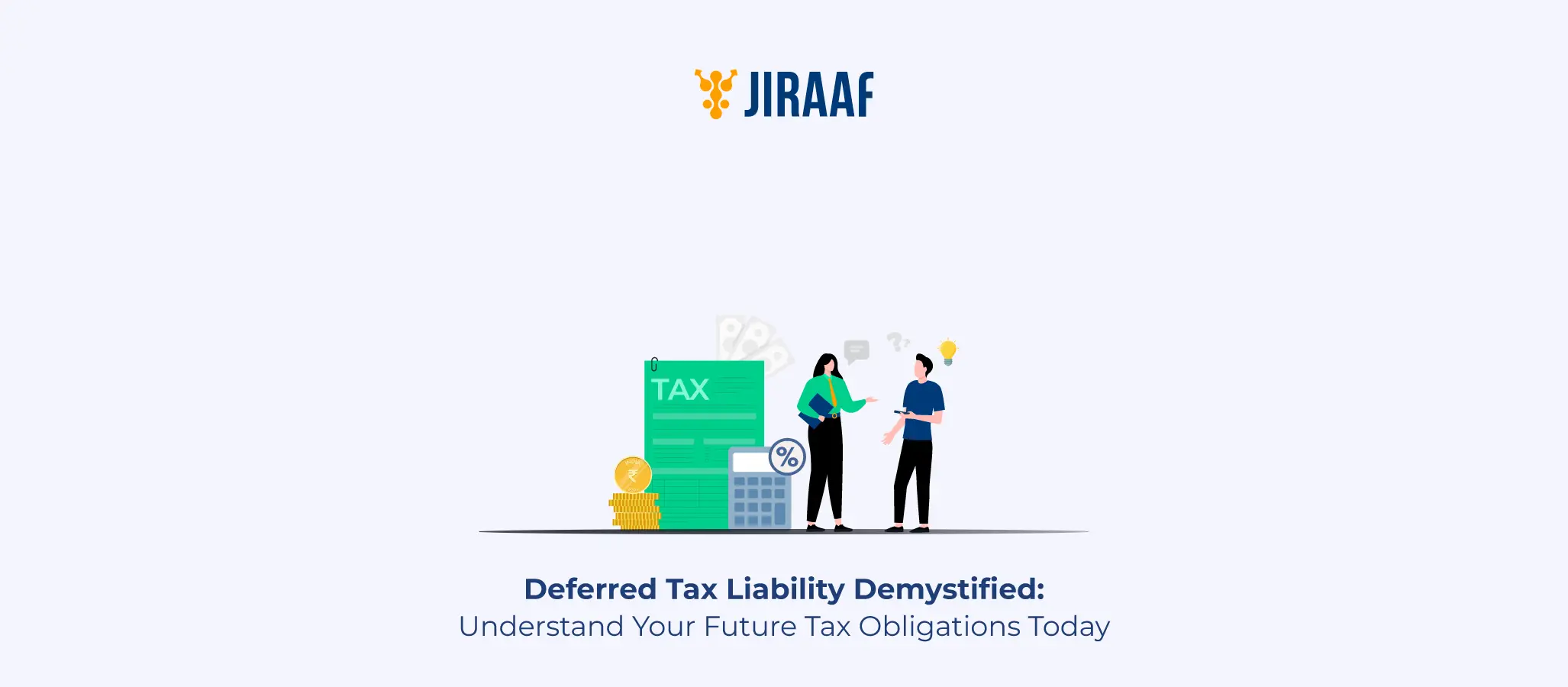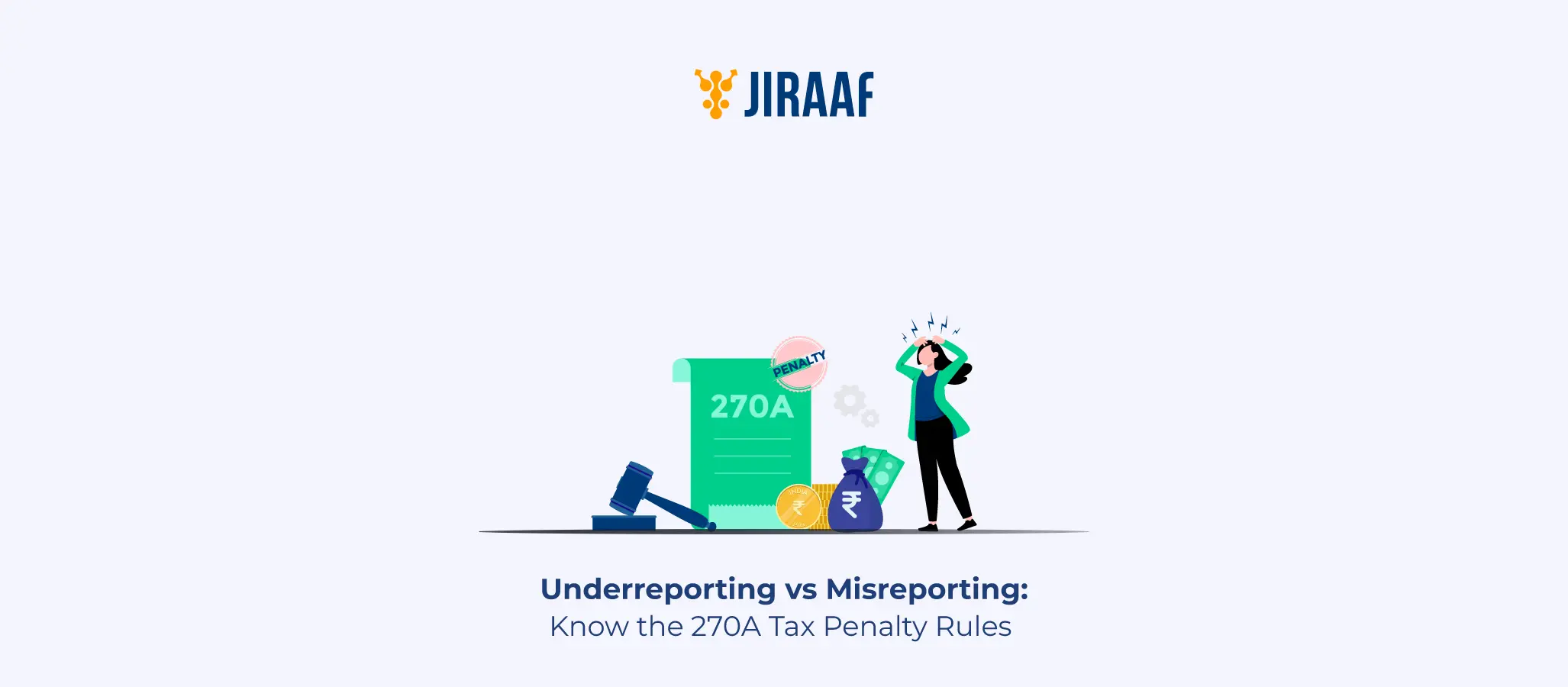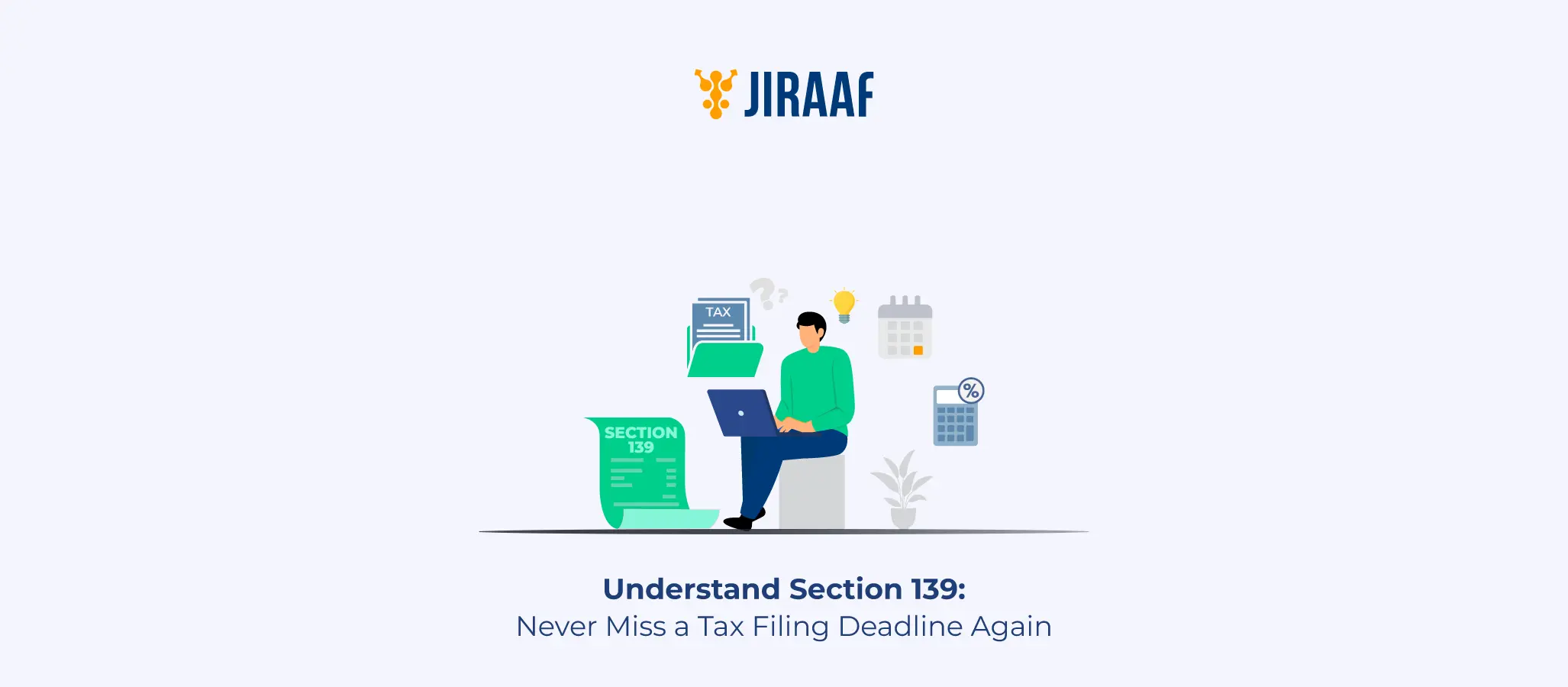If you’re financially supporting a dependent with a disability, the government offers a thoughtful way to ease your burden through Section 80DD of the Income Tax Act. But here’s the thing—many people either overlook this section or get confused between 80DD and 80U. That’s why we’re diving deep into everything you need to know about 80DD, from eligibility and limits to filing it correctly and avoiding common slip-ups.
In this guide, you’ll understand how to use Section 80DD to your advantage like a pro. Let’s simplify tax benefits under 80DD and ensure you’re claiming what’s rightfully yours.
Who Is Eligible for the 80DD Deduction?
You can claim the deduction under Section 80DD if:
- You are an individual or a Hindu Undivided Family (HUF) who is a resident of India
- You are incurring expenses on the medical treatment, training, or rehabilitation of a dependent person with a disability
- Or, you are contributing to an insurance policy for the dependent with a disability (like LIC)
But here’s the catch: the deduction is not for your own disability. It’s only if you’re supporting someone else who is dependent on you. That dependent can be:
- Your spouse
- Your children
- Your parents
- Your siblings
- For HUFs, any member of the HUF
Also, the dependent must not have claimed a deduction under Section 80U for the same disability.
How Much Deduction Can Be Claimed Under Section 80DD?
Section 80DD offers fixed deduction limits regardless of how much you actually spend:
| Nature of Disability | Deduction Amount |
| Disability (40% to 79%) | ₹75,000 |
| Severe Disability (80% or more) | ₹1,25,000 |
These limits apply even if your actual expenses are lower. So, if your dependent has a 50% disability and you spent ₹25,000 on treatment, you can still claim up to ₹75,000.
You’ll need a valid medical certificate from a government hospital to prove the degree of disability. This certificate must be submitted in Form 10-IA (especially for autism, cerebral palsy, etc.) and renewed periodically.
Qualifying Expenditures & Conditions
You can claim the deduction if you incur:
- Medical treatment costs (including nursing and rehabilitation)
- Training expenses for the dependent with disability
- Premiums paid to certain approved schemes or insurance policies for the maintenance of the dependent
To qualify:
- The disabled person should be wholly or mainly dependent on you for support and maintenance.
- The disability should be certified by a medical authority as per the Persons with Disabilities (Equal Opportunities, Protection of Rights and Full Participation) Act, 1995, or the National Trust Act.
- For insurance contributions, only policies that pay an annuity or lump sum in the event of your death are eligible (like LIC Jeevan Aadhar or Jeevan Vishwas).
How to Claim Section 80DD Deduction in Your ITR
Filing for 80DD is straightforward, provided you tick the right boxes in your ITR.
Where to Claim in ITR-1 or ITR-2
- If you’re a salaried individual, you’ll most likely file ITR-1 (Sahaj) or ITR-2
- Go to the “Deductions under Chapter VI-A” section
- Look for 80DD and enter the appropriate amount (₹75,000 or ₹1,25,000)
Documents You’ll Need
- Disability certificate from a government hospital (Form 10-IA if applicable)
- Receipts of insurance premium paid (if applicable)
- Medical bills and treatment records (not mandatory for fixed deduction, but good for records)
Section 80DD vs Section 80U: Key Differences
This is where most taxpayers get confused. Let’s clarify this with a comparison table:
| Feature | Section 80DD | Section 80U |
| Purpose | Deduction for supporting a dependent with a disability | Deduction for a taxpayer who is themselves disabled |
| Who can claim? | Individual/HUF (for dependents) | Individual (for self) |
| Deduction Amount | ₹75,000 (disability), ₹1,25,000 (severe) | ₹75,000 (disability), ₹1,25,000 (severe) |
| Documents required | Medical certificate of dependent | Medical certificate of self |
| Insurance policy payments allowed? | Yes (LIC-type plans) | No |
| Dependency Condition | Required | Not required |
Still unsure which one applies to you? Just remember—80DD is for someone else, 80U is for yourself.
When to Use 80DD vs 80U: Explained with an Example
Let’s say you’re Anjali, a salaried professional in Mumbai. You live with your younger brother Ravi, who has cerebral palsy and depends on you completely.
You pay for his therapy and also invest in an LIC Jeevan Aadhar policy to ensure financial support if something happens to you. In this case, you can claim a deduction under Section 80DD up to ₹1,25,000.
Now, if Anjali herself had a disability, she wouldn’t use 80DD—she’d use Section 80U instead.
The bottom line is that 80DD is for dependents. If you’re spending for your child, parent, or sibling with a certified disability—you’re eligible.
Common Mistakes & Solutions in Claiming 80DD
- Confusing 80DD with 80U
Always ask yourself—are you claiming for a dependent or yourself?
- Disability Certificate is Expired
Check the validity of your certificate. Some are valid for 5 years; others are valid for a lifetime. Renew if needed.
- Insurance Policy Doesn’t Qualify
Only policies that pay after the taxpayer’s death qualify (like LIC Jeevan Aadhar). ULIPs or maturity-based plans won’t work.
- No Proof Retained
Keep soft copies of all documents. You don’t have to submit them during ITR filing, but they’re essential if your return is picked up for scrutiny.
- Filing Under the Wrong ITR
Salaried individuals should use ITR-1 or ITR-2, depending on their other income types. Use the pre-filled ITR but double-check deduction entries.
Conclusion: Full Benefit Under Section 80DD
Section 80DD is more than just a tax break—it’s a small way the tax system acknowledges your role in supporting someone with a disability. By understanding this section well, you’re not only reducing your tax burden but also planning more securely for your dependent’s future.
So, whether it’s paying for their therapy, contributing to a long-term insurance plan, or simply doing your best to care for them—this deduction rewards that effort.
FAQs
Who can claim deduction under Section 80DD?
Only resident individuals or Hindu Undivided Families (HUFs) can claim the deduction under Section 80DD. You must be incurring expenses on a dependent with a disability, such as your spouse, children, parents, or siblings. For HUFs, any dependent family member qualifies. The dependent must not have claimed tax benefits under Section 80U for the same disability.
How much deduction is allowed under Section 80DD?
You can claim a fixed deduction of ₹75,000 if the dependent has at least 40% disability. If the disability is severe (80% or more), the deduction increases to ₹1,25,000. These limits apply regardless of the actual expenses incurred.
What documents are required to claim 80DD?
You’ll need a valid disability certificate from a government-authorized medical authority. For specific conditions like autism or cerebral palsy, you must use Form 10-IA. If you’re claiming based on insurance contributions, also keep premium payment receipts. While not submitted with the ITR, they’re essential if your return is scrutinized.
Can I claim both 80DD and 80U deductions?
No, you cannot claim both for the same person. If you’re claiming 80DD for a dependent’s disability, that dependent cannot claim 80U individually. However, if you have a disability and are supporting a different disabled dependent, then yes—you can claim both 80DD and 80U separately.
Is Section 80DD applicable under the new tax regime?
No, Section 80DD is not available under the new tax regime introduced under Section 115BAC. If you want to claim this deduction, you must opt for the old tax regime while filing your income tax return.
Discover fixed income investments with Jiraaf, a SEBI registered online bonds platform that educates and brings access to a wide array of bonds. Sign up today to explore diversified fixed income investment opportunities to support your goal-based wealth creation journey. Start investing!




